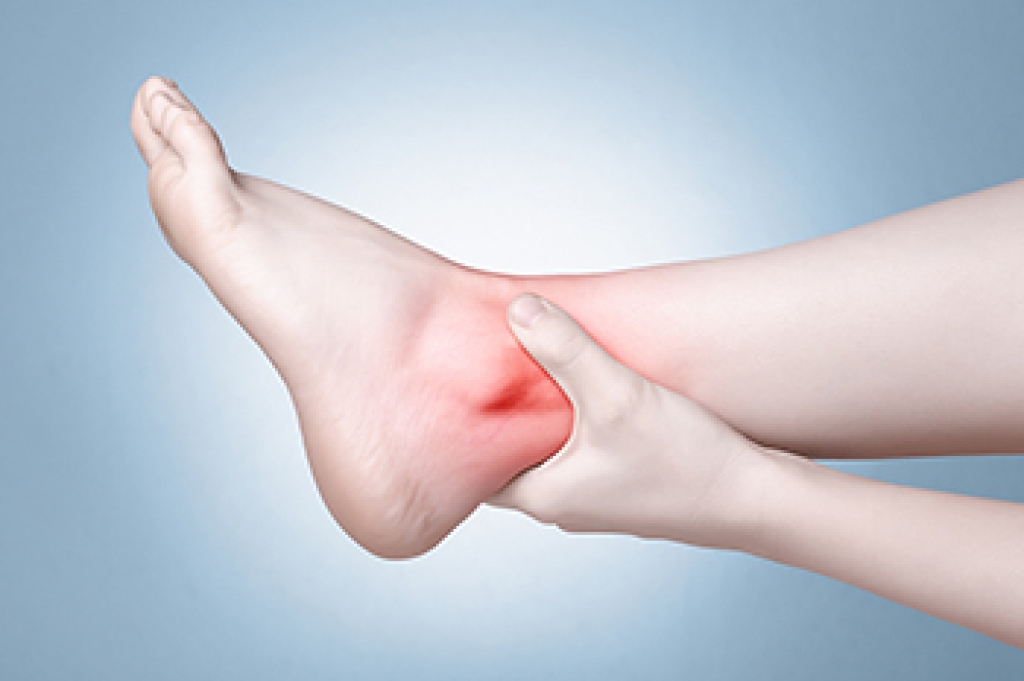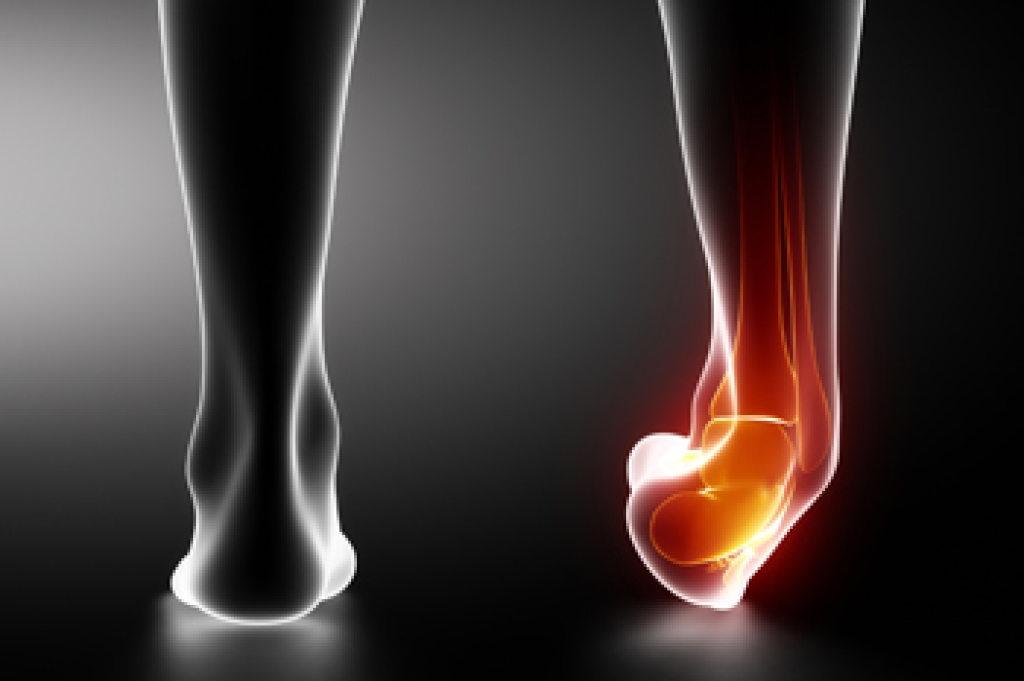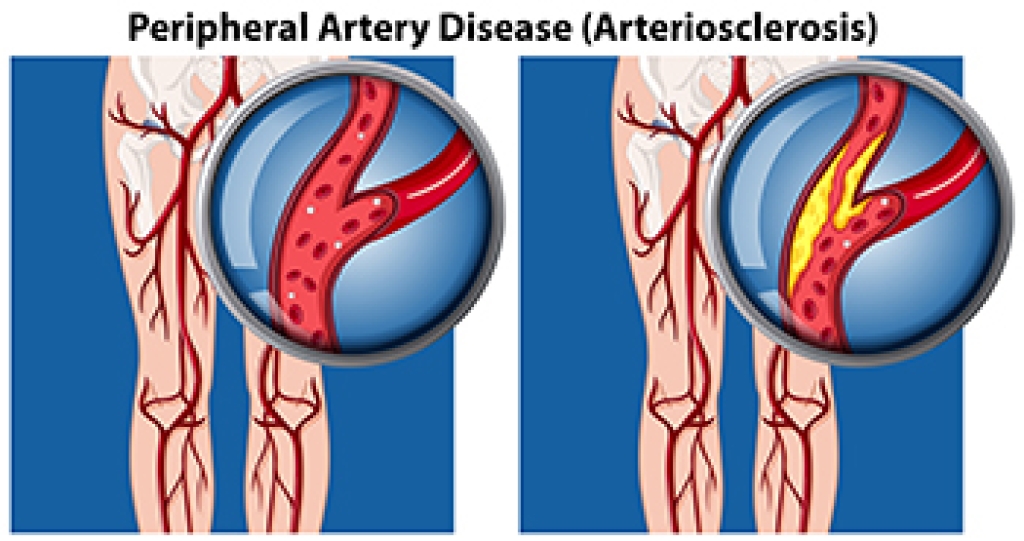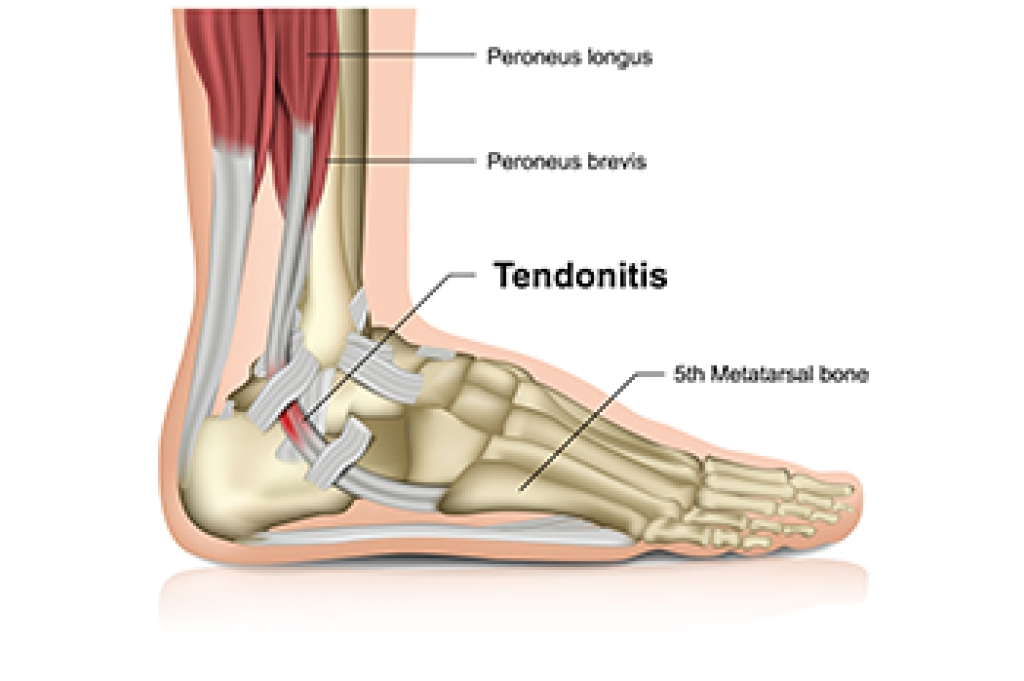
If you feel a burning pain in the ankle, and numbness or tingling on the sole of the foot, you may have a condition known as tarsal tunnel syndrome. It occurs when the leg’s tibial nerve, which allows you to feel and move the foot, is compressed. Tarsal tunnel syndrome usually affects only one foot, and discomfort tends to be worse at night. It may be caused by osteoarthritis, scar tissue buildup from an ankle injury, rheumatoid arthritis, or diabetes. The area of the foot where the tibial nerve enters the back of the ankle, called the tarsal tunnel, is normally narrow. But if the nerve is compressed, it may activate the syndrome. Pressure on the nerve may be caused by swelling from an injury, a bone spur, flat feet, a high arch, or systemic diseases. Treatment can include orthotics, non-steroidal anti-inflammatory injections, and in severe cases, surgery. For more information about tarsal tunnel syndrome, please consult a podiatrist who can evaluate your condition and prescribe the proper treatment.
Tarsal tunnel syndrome can be very uncomfortable to live with. If you are experiencing tarsal tunnel syndrome, contact Wendy K. Stinson, DPM of New Jersey. Our doctor can provide the care you need to keep you pain-free and on your feet.
Tarsal Tunnel Syndrome
Tarsal tunnel syndrome, which can also be called tibial nerve dysfunction, is an uncommon condition of misfiring peripheral nerves in the foot. The tibial nerve is the peripheral nerve in the leg responsible for sensation and movement of the foot and calf muscles. In tarsal tunnel syndrome, the tibial nerve is damaged, causing problems with movement and feeling in the foot of the affected leg.
Common Cause of Tarsal Tunnel Syndrome
- Involves pressure or an injury, direct pressure on the tibial nerve for an extended period of time, sometimes caused by other body structures close by or near the knee.
- Diseases that damage nerves, including diabetes, may cause tarsal tunnel syndrome.
- At times, tarsal tunnel syndrome can appear without an obvious cause in some cases.
The Effects of Tarsal Tunnel Syndrome
- Different sensations, an afflicted person may experience pain, tingling, burning or other unusual sensations in the foot of the affected leg.
- The foot muscles, toes and ankle become weaker, and curling your toes or flexing your foot can become difficult.
- If condition worsens, infections and ulcers may develop on the foot that is experiencing the syndrome.
A physical exam of the leg can help identify the presence of tarsal tunnel syndrome. Medical tests, such as a nerve biopsy, are also used to diagnose the condition. Patients may receive physical therapy and prescriptive medication. In extreme cases, some may require surgery.
If you have any questions please contact our office located in Parsippany-Troy Hills, NJ . We offer the newest diagnostic and treatment technologies for all your foot and ankle needs.




